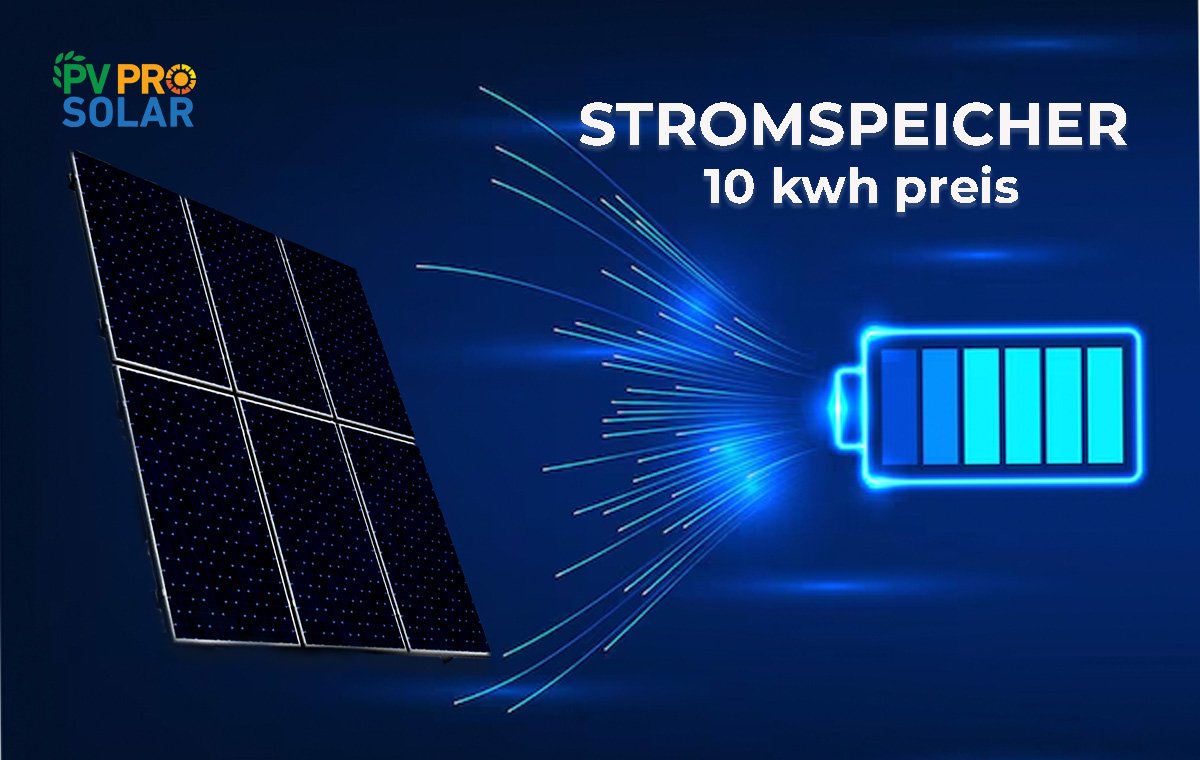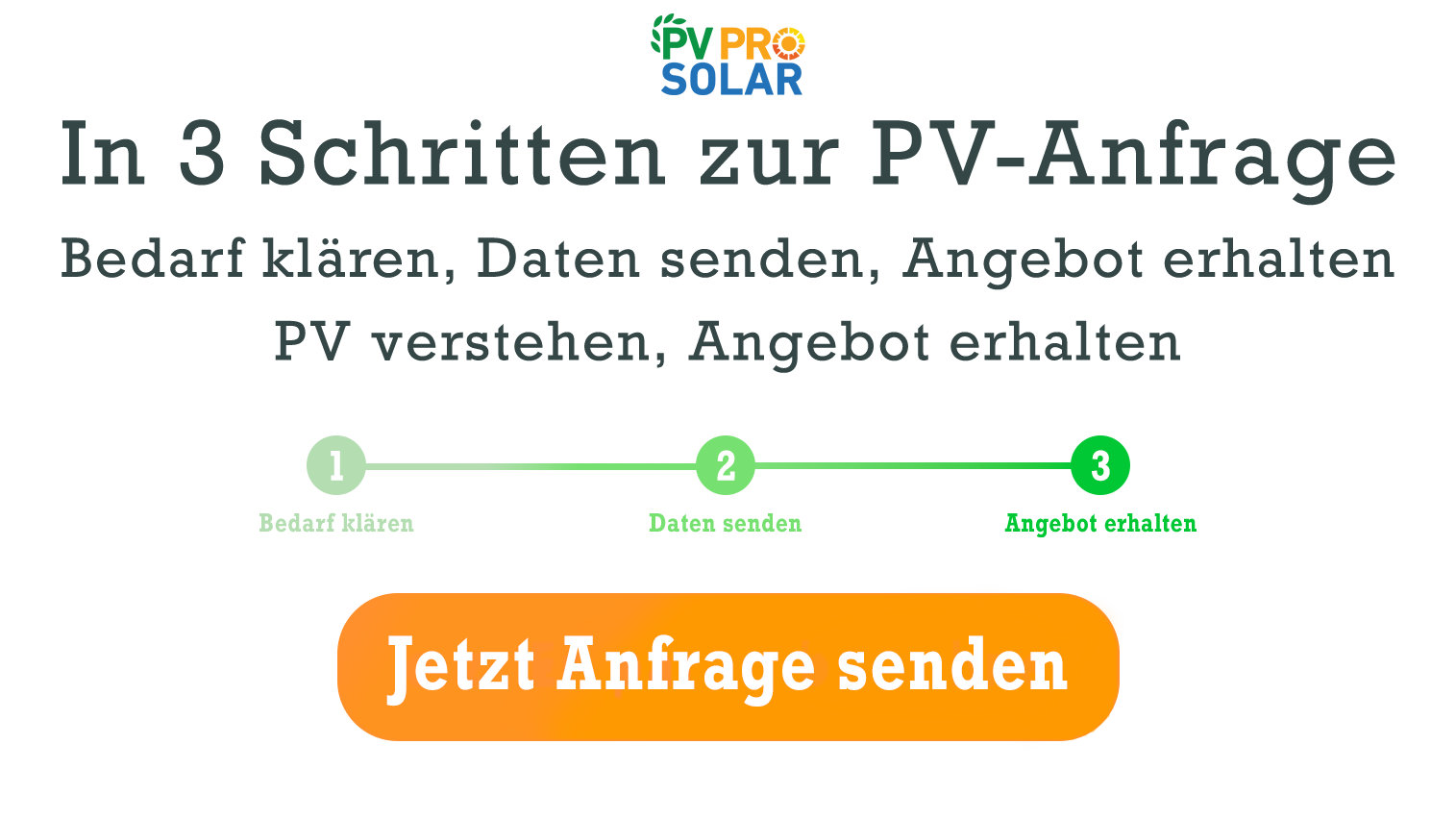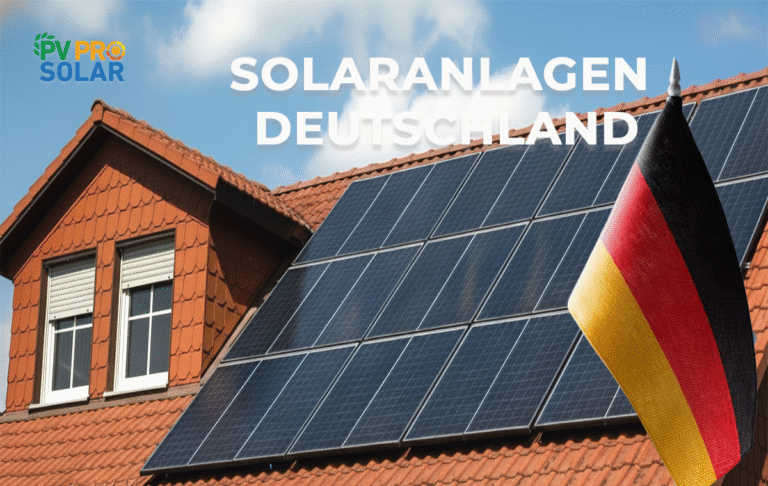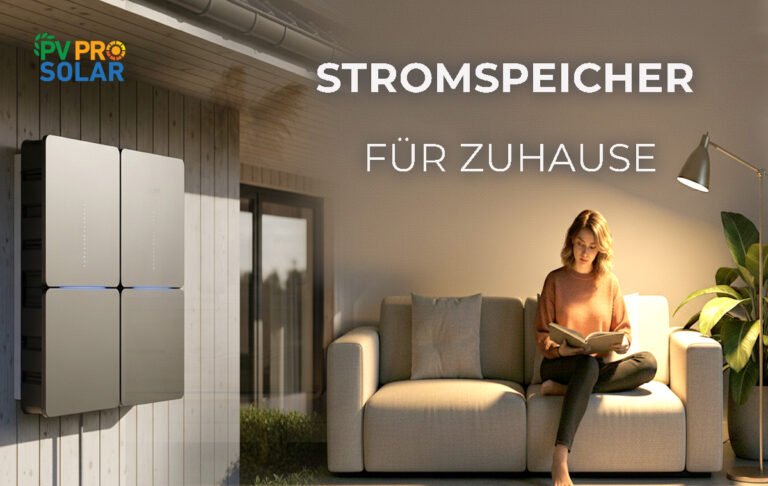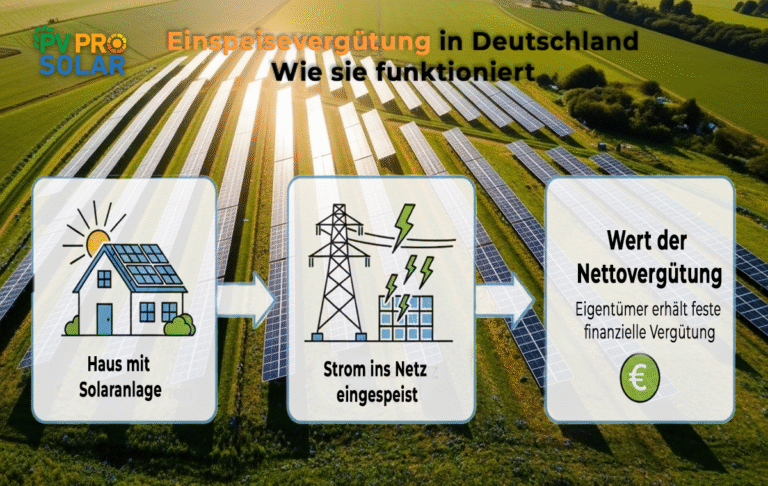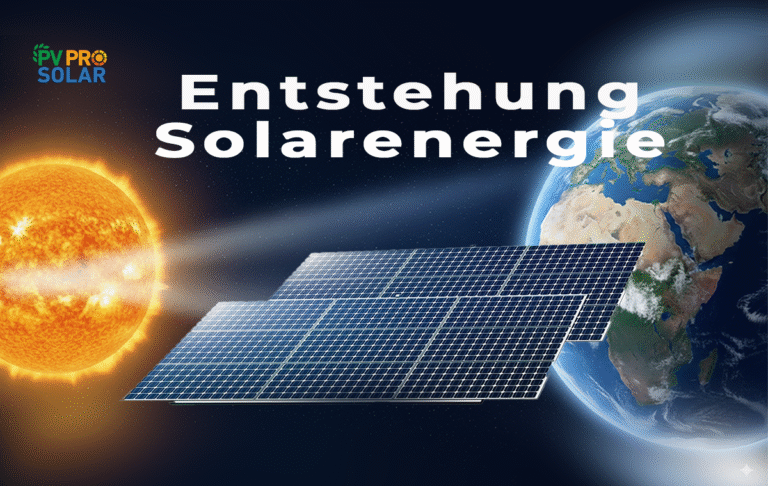Power Storage 10 kWh Price – How Much Is Your Solar Energy Really Worth?
A power storage 10 kWh system is the heart of every modern solar installation. It stores solar energy generated during the day and makes it available later—when the sun isn’t shining. More and more homeowners are considering whether such a storage unit is worth the cost and what long-term value it brings.
In this guide, you’ll learn how a solar power storage system works, which factors determine its value, and what to consider when choosing the ideal unit to complement your PV system.
What Does a 10 kWh Power Storage Mean?
The term 10 kWh refers to the storage capacity—the amount of electrical energy that can be stored. A storage unit of this size typically covers the daily energy demand of an average household.
It acts as an energy bridge: during the day, power from the solar system is stored, and in the evening, it’s used for self-consumption. This increases independence from the public grid and makes solar energy more predictable—a clear advantage for anyone aiming to keep energy costs stable in the long run.
Why Is a Power Storage System Useful?
Without storage, excess solar power is fed directly into the public grid. With a battery storage system, you can instead use your self-generated power at any time of day.
A photovoltaic storage system often doubles your self-consumption rate, meaning less grid dependency, lower monthly bills, and a higher degree of autonomy. In addition, a home energy storage unit offers security: in case of a power outage, an integrated emergency power system can continue to supply essential household devices.
Factors That Influence the Value of a Power Storage System
1. Technology
Most modern systems rely on lithium-ion technology—it’s efficient, compact, and long-lasting. Alternatives like saltwater or redox-flow batteries are considered more eco-friendly but tend to be larger and more complex.
2. Manufacturer Quality
Branded products with certified safety standards (e.g., VDE certification) usually offer longer warranties and more stable performance over many years. A solar power storage system is a long-term investment, so reliability and service are crucial.
3. Compatibility with the PV System
It’s essential that the storage unit and inverter can communicate properly (e.g., via Modbus or CAN-Bus). Many hybrid inverters are already designed to work directly with storage systems, making installation and energy management significantly easier.
4. Funding Options
Federal and state programs in Germany continue to support photovoltaic storage systems. Eligible systems and low-interest loans can reduce upfront investment and accelerate the payback period.
What to Consider When Buying?
Capacity and Sizing
The storage size should match your household’s energy consumption. A 10 kWh power storage is typically suitable for medium-sized households with a PV system between 6 and 10 Kilowatt Peak.
Too small a storage unit offers little benefit, while an oversized one may be inefficient. Comparing different models helps find the ideal balance for your needs.
Cycles and Lifespan
High-quality systems can handle several thousand charge and discharge cycles. This translates to a lifespan of ten to fifteen years—a solid foundation for sustainable energy supply.
Software and Energy Management
Smart control systems analyze consumption data, automatically manage charging times, and prioritize essential appliances. This not only increases efficiency but also enables grid-smart operation.
Economic Benefits of a 10 kWh Power Storage System
The main advantage lies in increased self-consumption. Instead of feeding unused solar power into the grid, you cover your own demand—day and night.
As a result, grid consumption drops significantly. At the same time, self-generated energy becomes particularly valuable during periods of fluctuating energy prices.
In the long term, a power storage 10 kWh price system helps stabilize energy costs, reduce dependence on utility providers, and make electricity bills more predictable. There’s also an environmental benefit: every stored kilowatt-hour of solar energy replaces fossil energy—a step toward true energy independence.
Advantages at a Glance
- More self-consumption: Use your own solar power around the clock
- Higher independence: Up to 80% autonomy from the grid
- Sustainability: Lower CO₂ emissions
- Convenience: Automated control via app or smart home system
- Safety: Backup power in case of grid outage
- Value increase: A PV system with storage enhances property value
Trends 2025 – The Future of Power Storage
The storage industry is evolving rapidly. Key trends include:
- Hybrid systems: Integration of inverter, battery, and wallbox in one compact unit.
- Vehicle-to-Home (V2H): Electric cars serving as mobile energy storage.
- AI-based energy management: Intelligent systems optimizing energy flow and reducing peak loads.
- Modular systems: Expandable storage capacity for growing households or additional consumers, like heat pumps.
These innovations make the 10 kWh power storage more flexible, efficient, and better integrated into the overall home energy ecosystem.
Practical Example
A household with a medium-sized PV system and a 10 kWh solar power storage can cover a large portion of its electricity needs independently. Surplus power produced during the day is stored and used at night—without drawing from the grid.
The system becomes even more effective when combined with a heat pump or wallbox. Intelligent energy management ensures that power is used when it’s available and cost-efficient—offering maximum savings potential.
Maintenance and Lifespan
A photovoltaic storage system is nearly maintenance-free. Regular software updates and occasional professional inspections are sufficient to ensure optimal performance.
With proper care, modern systems can easily last over 15 years—providing a stable and reliable component of your home’s energy supply.
Possible Challenges
- Initial investment: Requires capital upfront but pays off over time.
- Space requirement: Needs a well-ventilated technical or basement room.
- Planning: Capacity must be carefully calculated for economic efficiency.
With professional consultation, you can purchase and install the ideal system, including monitoring and warranty services. Comparing multiple offers helps identify the best power storage 10 kWh price and service combination.
A power storage 10 kWh is more than just a battery—it’s the key to real energy independence. It increases self-consumption, reduces grid reliance, and enhances the efficiency of your solar system.
Those who invest in a solar battery today benefit from greater stability, sustainability, and control over their energy future.
Would you like to know which 10 kWh power storage best suits your solar installation? Contact the experts at PVPro Solar GmbH. We plan, install, and maintain modern storage solutions—for maximum efficiency, autonomy, and long-term energy security.
It allows you to use your self-generated solar power in the evening, increasing independence and reducing grid consumption.
Quality systems last between 10 and 15 years or more.
Yes – many models can be easily integrated into existing PV systems, especially when using a hybrid inverter. What are the real benefits of a 10 kWh power storage system?
How long does a photovoltaic battery last?
Can a storage unit be retrofitted?
